There is something so magical about an orchard. They speak not just of place, but of people. The history, wisdom and heritage fruit trees have carried with them through the circles of time is astounding. There are whole worlds to be discovered within an orchard, if only one were to give them the time of day. The difficult bit is finding one in the first place.
Photos by Rebecca Fletcher.

Depending on where you live in the UK, coming across an orchard may either be a non-existent occurrence or something done multiple times a day. A recent study by the Peoples Trust for Endangered Species revealed that there are about “35,000 individual orchards in England and over 7,000 in Wales”, which sounds like a lot, but, in turn, reveals that:
“90% of traditional orchards have been lost since the 1950s to neglect, development or conversion to intensive modern orchards which contribute a negative impact on biodiversity. Furthermore, 45% of the remaining orchards surveyed in England and 35% of orchards in Wales were found to be in declining condition as a habitat.“
It’s a staggering statistic that should be of great, national concern and yet few have raised an eyebrow to the destruction and decimation of these agricultural spaces and the fruit trees and wildlife that call them home.
So how did our orchards get to this point? Where we once had them in abundance and are now losing them at an alarming rate? Where did orchards come from, why were there historically more traditional orchards than there are now and what can be done to protect them as we move forward?
Well, to know this we must first turn to the origin of the apple tree itself.

"This dispersion of fruit trees is a really brilliant example of the role nature and nurture play in the manifestation of orchards today."
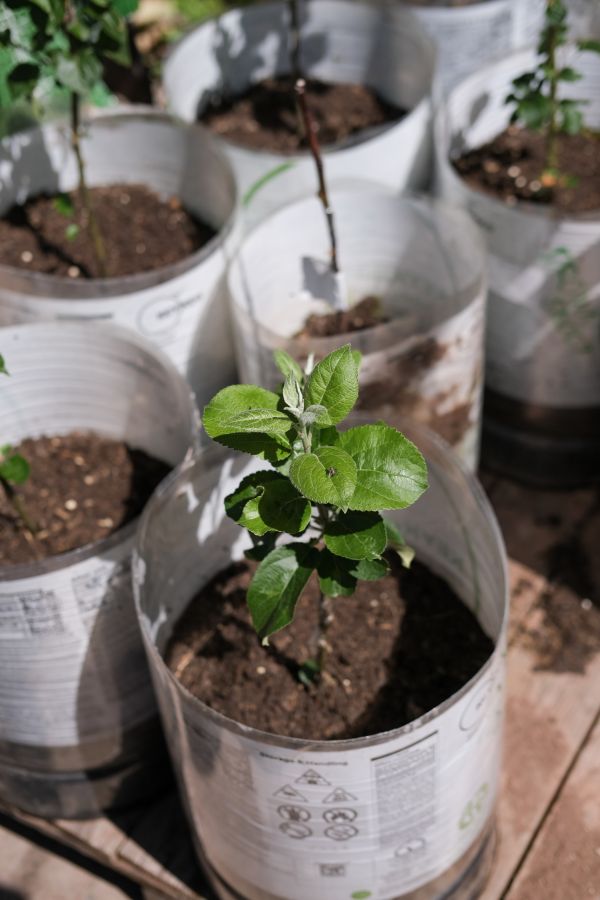
To officially qualify as an orchard only five fruit trees are required. Which means a quintet of apple trees in a back garden has as much claim to the name orchard as a 145 acre commercial plot. It’s one of my favourite apple related facts. And to look at the origin of the fruit trees that come together to form these orchards we must look not to the Great British landscape, but to Kazakhstan.
The orchard apples we know and love today are categorised as malus domestica, a fruit bearing plant of the rose, or rosacea, family. These apples in turn were domesticated from malus sieversii, apple trees that would grow wild within Kazakhstan and surrounding areas. Whilst wilder crab apples have probably been consumed in Britain since the prehistoric times, it’s thought to be the Romans that introduced domestic apples to Britain, alongside Christianity, the latin language and the vast majority of our urban infrastructures.
In an article on the origin of the apple by The Orchard Project, a charity dedicated to bringing community orchards to urban spaces, they explain:
“Scientists believe that birds and bears would have transported apple seeds out of Kazakhstan long before humans started to cultivate them – by eating the apples and then pooping out the seeds. The Romans discovered apples growing in Syria and were central in dispersing them around the world from there, using the Silk Road as a means of transport from East to West.”
This dispersion of fruit trees is a really brilliant example of the role nature and nurture play in the manifestation of orchards today. Naturally, apple seeds would have travelled through the comings and goings of birds and animals as they moved and migrated. On a more human intervention level, apples were discovered by some and introduced to others through the growth and expansion of colonialised empires. Both nature and nurture have contributed to the introduction and establishment of orchards, but the human involvement has sped and manipulated this growth in ways that would have taken the animals a lot longer to do on their own.
As with the development of roads and taverns in the UK landscape since the influence of the Romans, so, too, did orchards develop from there and soon enough they were ubiquitous parts of the British countryside. Early books on orchards included William Lawson’s A New Orchard and Garden, published in 1618, who felt that working in an orchard was one of the best things a person could do with their time:
“for whereas every other pleasure commonly fills some one of our senses, and that only, with delight, this makes all our senses swim in pleasure, and that with infinite variety joyned with no lesse commodity.”
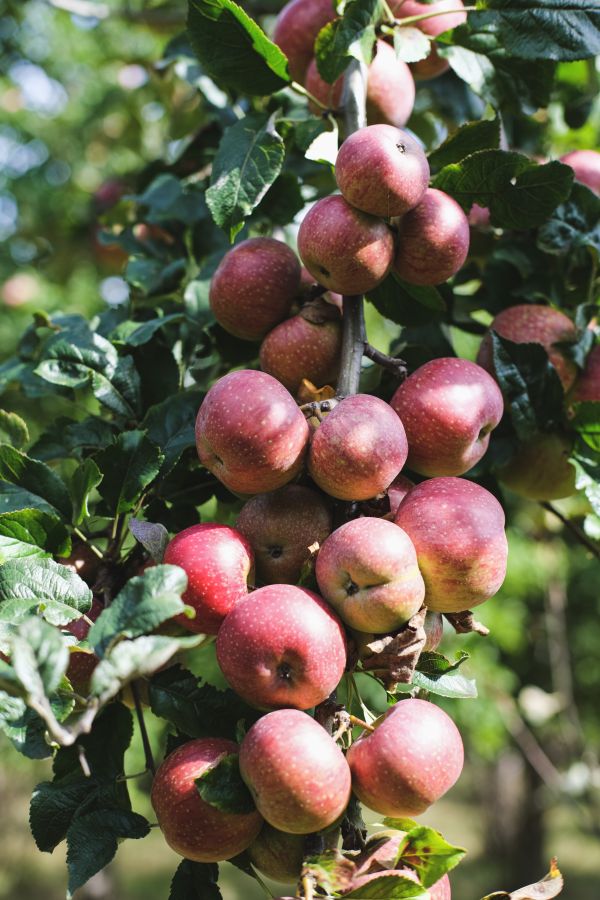
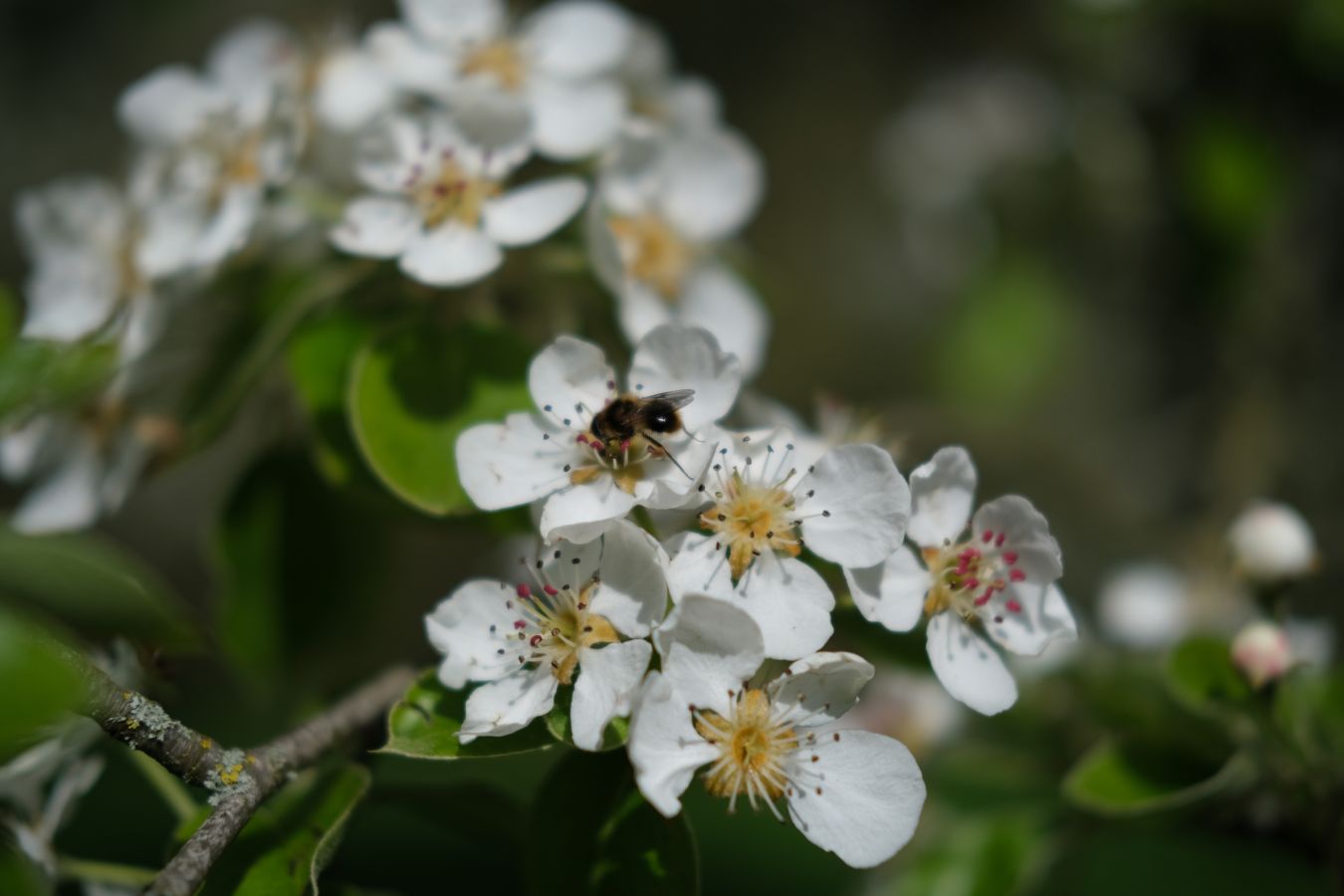
Not just for the riches that the fruit trees provided, but for the wildlife that flocked to them as well, as Ralph Austen wrote in his 1653 book, A Treatise of Fruit Trees:
“Beside all the profit and pleasure that may be made of an orchard in an ordinary way, by cider, perry, sale of fruits and use of them all the year in the house, there may be another profit made of them, by the labour of the industrious bees.”
Now we have an idea of how orchards have gone from being introduced to fully established parts of the UK landscape and seen how the various benefits of them were discovered and professed through the medium of literature, how did orchards come to evolve in the centuries since?
"This is to say that orchards ebb and flow depending on the humanity, and just as humans can create, they can also tear right down."
There are roughly two types of orchards: traditional and commercial. Traditional orchards can be defined by taller trees growing in areas with high levels of biodiversity, making friendly habitats for local wildlife. Commercial orchards, in comparison, have smaller trees which undergo more intensive levels of agricultural management which in turn contributes to a much smaller, if not completely non-existent, level of biodiversity amongst the land they grow on.
Orchards would have been planned, planted and established for a few reasons. Apple trees provide food in the form of fruit, of course, and this fruit could be used to make apple juice and cider in turn and the tree itself would provide fuel in the form of wood. Depending on the demand for fruit, cider and wood at the time would influence the growth and development of orchard spaces, the number of trees themselves becoming reflections of each era's priorities of trade. Counties that we associate with having a large number of orchards today include Herefordshire, Worcestershire, Gloucestershire, Somerset and Devon, although there are orchards, or their remnants, to be found in most counties. But why these counties more than others?
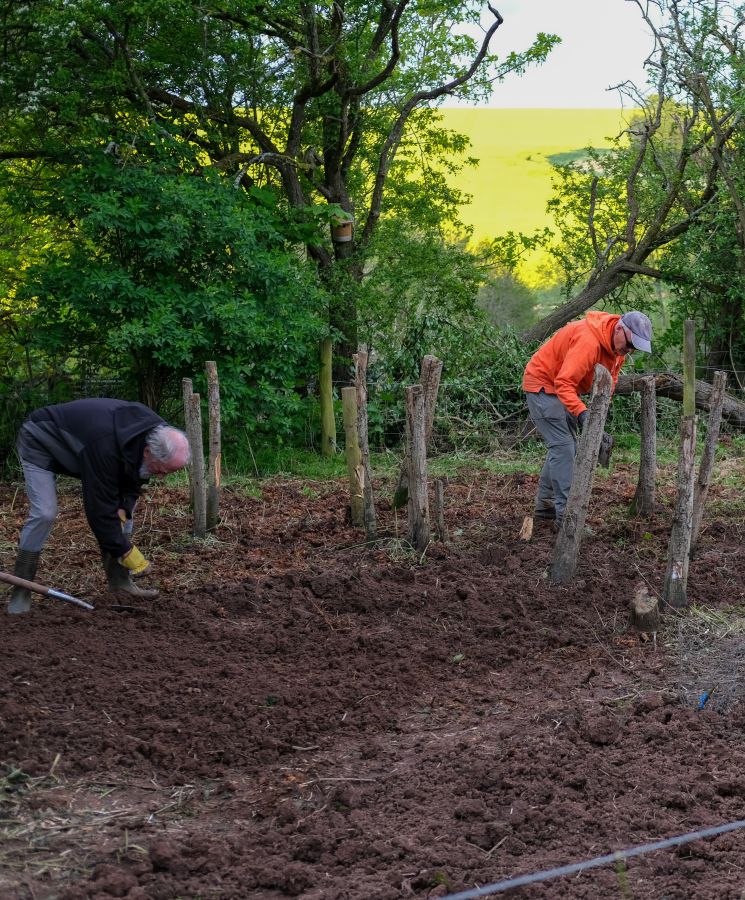
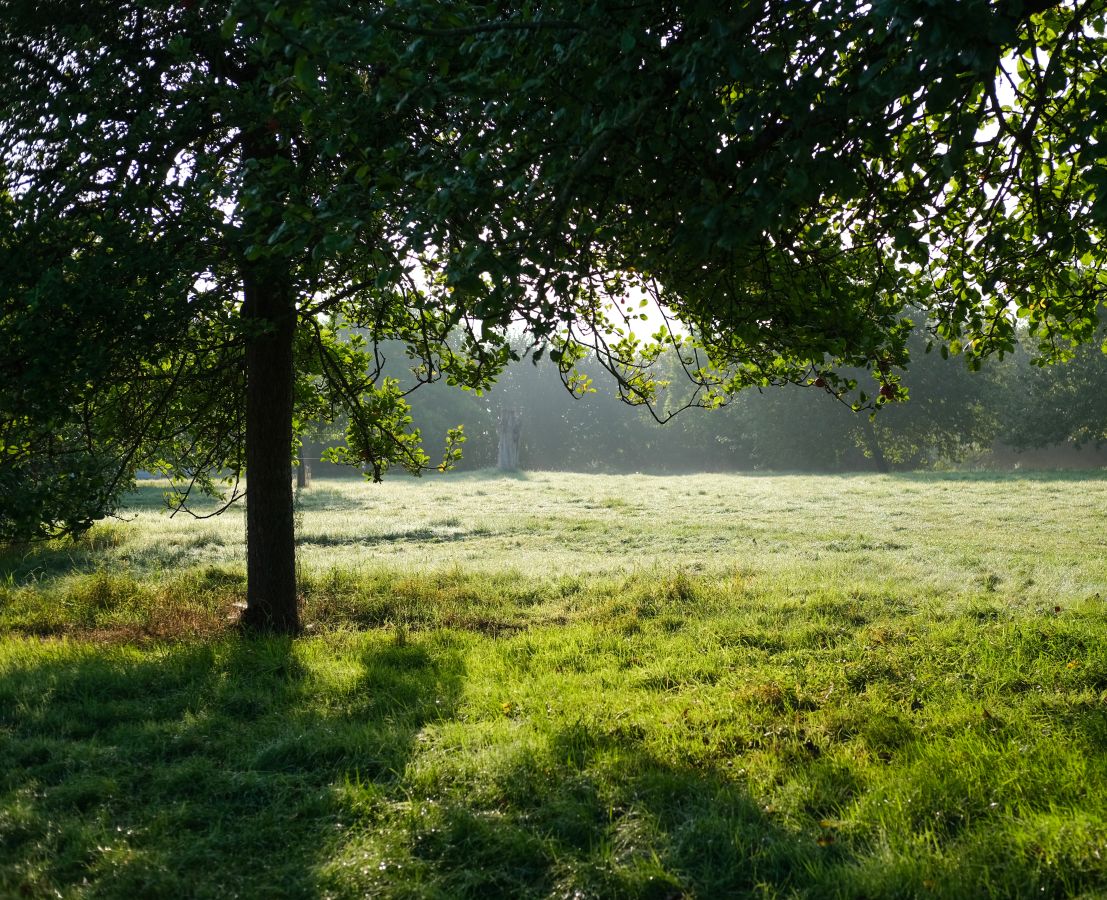
Throughout Lawson’s time of writing about orchards in the sixteenth century, and the three centuries to follow, most orchards tended to belong to farms, monasteries and country estates. These orchards could contain anything from our five tree minimum requirement to orchards with well over five hundred trees. Due to the west of the country lacking suitable land for barley farming in comparison to the rest of the country, a crop which would in turn would contribute to malting and beer production, the counties turned to orchard growth, which could instead contribute to other industries which involved apple pressing and cider fermentation as sources of income.
One of the main factors when it comes to orchard growth, after initial Roman beginnings, can be credited, as with the historical growth of most things in this country to be honest, to the Industrial Revolution. In English Orchards: A Landscape History co-written by Tom Williamson and Gerry Barnes, the duo describe the period between 1850 and 1950 as “England’s Orchard Century”. This is where, the authors argue, things really began to pick up in the UK in terms of orchard growth.
As importation of fruit and fuel became more common due to innovations and increased efficiency in transport, meaning countries could provide crops on larger scales for cheaper prices, Britain’s farmers needed more to rely on that just singular harvests of barley. Fruit trees were planted in an attempt at diversification but these plantings could easily be ripped back up again should the wind turn in favour British barley once more, or a new crop entirely, once more. But, perhaps more significantly, this period of time is also associated with the speed and development of the British rail system.
“This vast improvement in transport links allowed growers to supply not only their local market, or nearest large city – as per the fruit farmers of Kent and London – but a much wider catchment area; sending fresh fruit from the West country to the industrial metropolises of Birmingham, Manchester, Sheffield or Leeds was now a simple matter of daily logistics,” writes orchardist Darren Turpin in his analysis of English Orchards: A Landscape History. “The expansion of fruit growing led to the expansion of fruit processing, with jam-making and canning factories opening initially in the urban centres, and later moving to the fruit-growing areas themselves, but always within easy reach of a branch line.”
The supply and demand of the greater population, once again, contributing to the fickle need for orchards in the landscape.
“The creation, maintenance or destruction of orchards have always been the consequence of human decisions and agency and thus of broader economic and agrarian - and to an extent social and cultural - developments and influences,” writes Gerry Barnes and Tom Williamson.
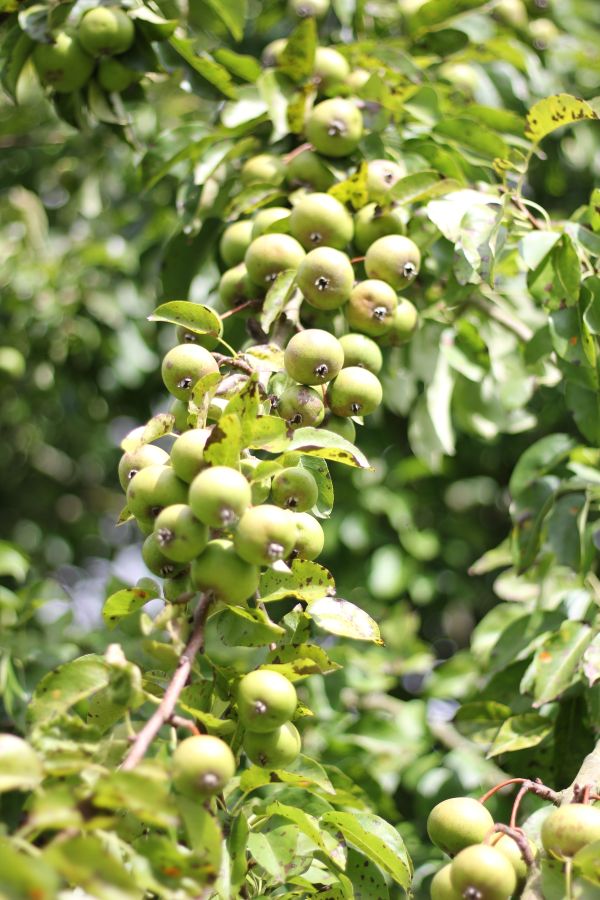
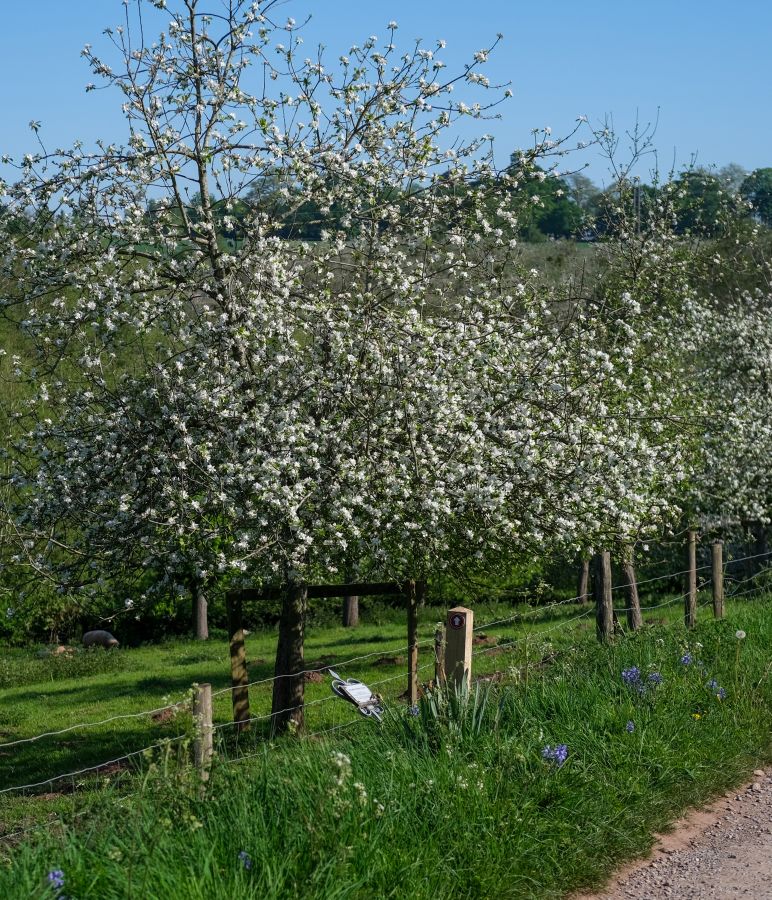
This is to say that orchards ebb and flow depending on the humanity, and just as humans can create, they can also tear right down.
In “England’s Orchard Century” things were really looking up. Fruit trees provided much needed diversification, which in turn could contribute to British cider production, aided by the leaps and bounds being made in the British transport scene via the growth and revolution of the railways and their trains. Everything was on the up for our apple trees, what could possibly go wrong?
Well, two World Wars to start off with. Post War Britain looked and acted very differently to its younger self. The labour pool looked very different, too, and seasonal work suffered as a result. The rise in supermarket chains didn’t help either, as well as the need for land for building new housing, facilities and places of work. Innovations in transport were still being made in leaps and bounds and apples could be sourced elsewhere, for cheaper, and the UK land previously used trees could be used for the much needed development and expansion of towns and industries, instead. Trees took too much time and care and orchards were no longer a priority, so instead they were torn down, neglected or commercially intensified to make them more financially viable. Which is how we’ve gotten to the point where 9 out of 10 orchards that once were, are sadly no more.
So what do the remaining orchards look like today? And where can they be found?
"Our orchards have given us so much and now they need our help, as many of us as possible."
Orchards are vital to the wellbeing of our landscape and our humanity. A key link to the heritage of our ancestors and a crucial part in the future of our communities. There’s no surprise then that some of the people doing the most important work in orchard preservation are those championing community orchards.
A community orchard can be classified as a collection of fruit trees that are cared for by charities and groups of volunteers, in accessible public spaces that work to feed, educate and provide agricultural recreational opportunities for local residents.
Founded in 2009 by Rowena Ganguli and Carina Millstone, The Orchard Project, quoted earlier, is the only national charity dedicated to creating, maintaining and celebrating community orchards. Their website states their goals as:
“Our aim is that everyone in cities across the UK is within walking distance of a productive, well-cared-for, community-run orchard. We believe that orchards have the potential to build stronger communities by providing cherished, nature-rich community food spaces and empowering people to make positive change where they live.”
There is more information on the topic and how to start your own community orchard in my Beginner’s Guide to Community Orchards.
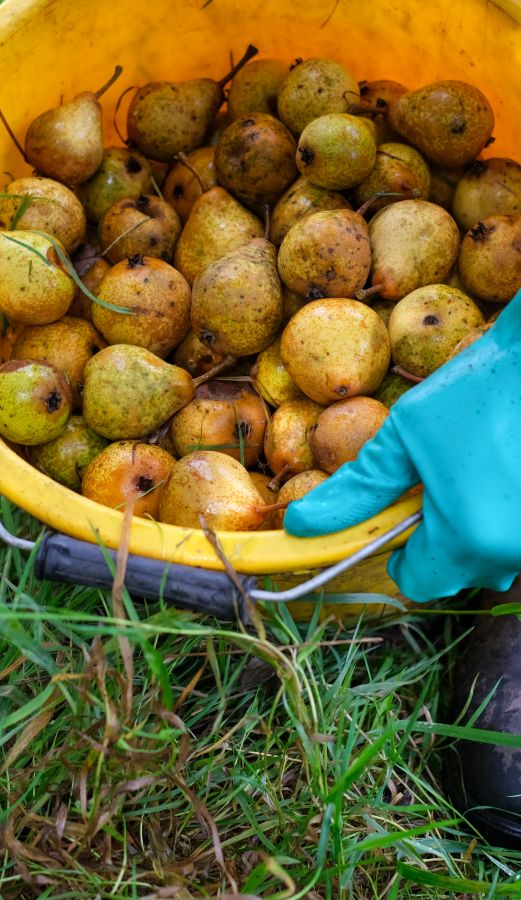
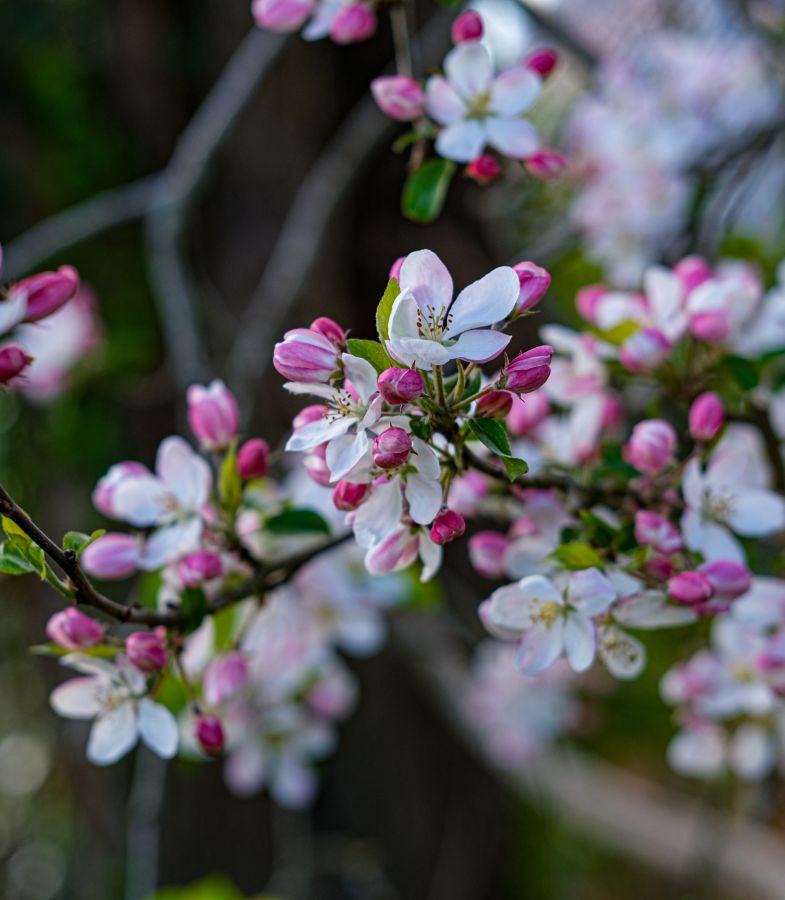
On a larger scale, the UK Orchard Network is a partnership of organisations based throughout the British Isles who are working hard to preserve, protect and maintain their local orchards. The main aim of bringing these organisations together is to help them “work together to actively promote the conservation of orchard fruit and nut trees and their varieties, and in their many forms; as individual trees, traditional, garden, and other orchards, and conserve the orchard habitat’s biodiversity.”
Their resources include a list of the charities and organisations they work with, a regional directory of traditional orchards throughout the UK and information on the various initiatives they’re working on, including a research project to identify the true identity of the native crab apple Malus sylvestris, a blossom calendar and information on Apple Day, a celebration of apples that has taken place on the 21st October since 1990.
Something all of the above have in common is collaboration. Our orchards have given us so much and now they need our help, as many of us as possible. Orchards do not consist of singular trees, but of groups and communities and so we must group together, too, to help preserve and protect the orchards we have now and plan for the orchards our communities will need in the future. For if there’s anything orchards have taught us, it’s that nurture is just as vital as nature.
Become a CAMRA member today for unlimited free access plus many other membership benefits. Find out more